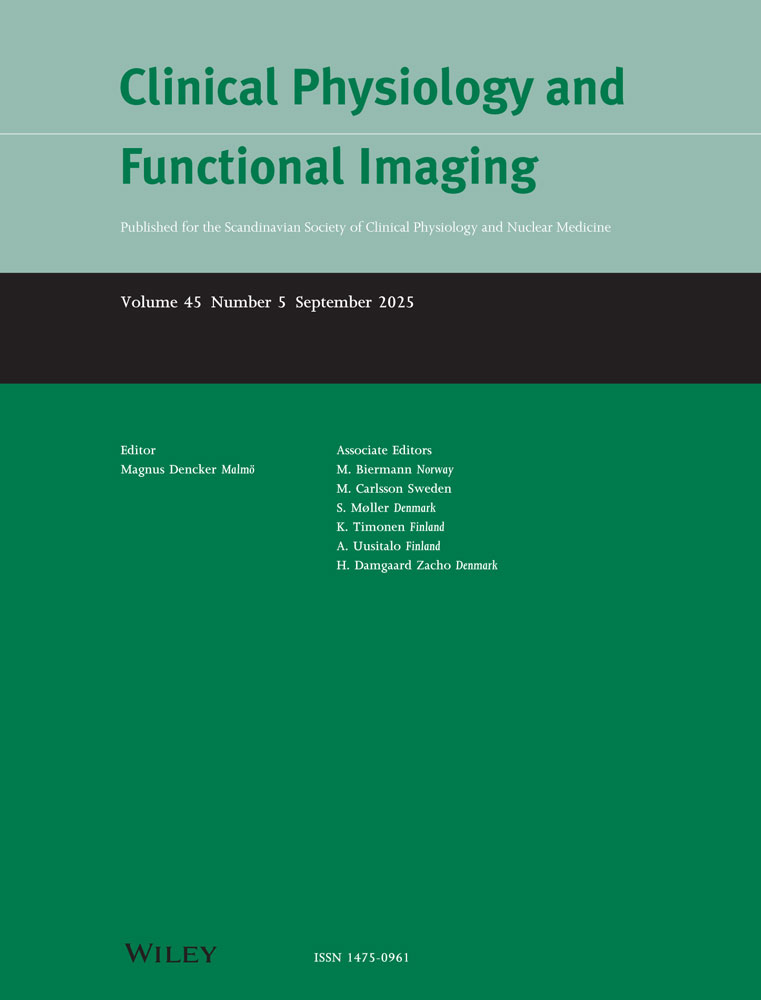Flow-volume curves in healthy non-smokers and in smokers
Abstract
Summary. Maximum expiratory flow-volume curves were recorded in lung healthy non-smokers and in smokers. Multiple linear regression analysis was performed with regard to sex, age, height and weight. The regressions for maximum expiratory flow at 50% and 25% of vital capacity (MEF50 and MEF25, respectively) on age were significantly different for non-smokers and smokers, in males as well as females, but the large scatter around the regression line resulted in more than 50% of presently studied smokers to fall within 1 SD of the reference values for non-smokers. A skew distribution of MEF25 around the mean was observed at ages above 60 years and so set an upper limit for the linear regression. Above 60 years no linear age dependence was found for MEF25. There was a minor reduction (2%) in the residual standard deviation of the peak expiratory flow (PEF), MEF50 and MEF25 regressions when height was added as an independent variable besides age, while the addition of weight did not reduce the scatter. We conclude that the inter-individual variability in MEF^ and MEF25 is relatively large even when sex and age are accounted for and that there is no further benefit in including height or weight in the regression equations. The discriminating ability of the MEF50 and MEF25 variables is small, indicated by considerable overlapping between non-smokers and smokers.




